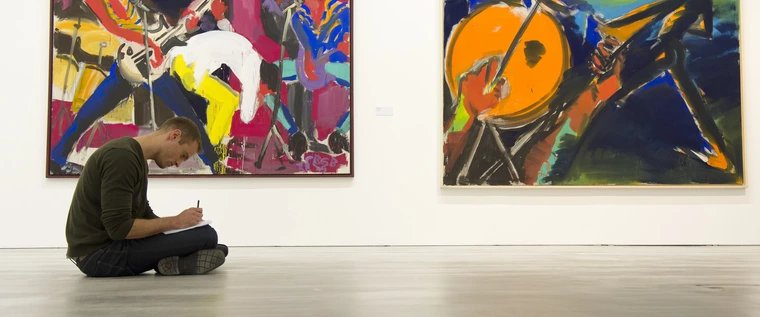
History and use of the summer residence of Queen Luise and her husband
Paretz in the Havelland, 20 kilometres from Potsdam, is one of the most beautiful excursion destinations in the castle landscape of the Mark Brandenburg. The village is considered to be a prime example of Prussian agriculture around 1800 in the region.
The castle and village ensemble was founded between 1797 and 1804 for the Prussian heir to the throne and later royal couple Friedrich Wilhelm III. and Luise, née Princess of Mecklenburg-Strelitz, and was planned and executed with new building technology and high aesthetic standards. It fulfilled both the desire for a royal country estate and the requirements of a functioning farming village. It also blends harmoniously into the wide landscape of the Havel. Some of them have been preserved or - like the castle - restored by careful restoration. The former royal rooms in the castle are particularly impressive, with their valuable hand-painted and printed wallpapers as well as furniture, paintings, graphics and porcelains from the original furnishings.
But why is Paretz a very special place? Who gave the decisive suggestions for its design and who implemented these plans? When did that myth of the close relationship between Queen Luise and this place come into being? What development did the castle ensemble take in the 20th century?
The newly designed, revised and thematically extended permanent exhibition, which has been on view at Schloss Paretz since April 1, 2015, addresses these and other questions of history and use. It is shown in rooms whose historical furnishings have not been preserved. The birth of Paretz took place at a time when a profound and lasting change in lifestyle, perception of nature and artistic expression was evident. Aspects of these new developments at the Prussian court around 1800 are presented in the second part of the presentation. In addition to the artistically outstanding portrait busts of Queen Luise and some portraits of closely related persons, the exhibits include luxurious furnishings from the former Royal Palace in Berlin, including the queen's gold-plated toilet service. In addition, a selection of seating furniture from the Belvedere at Potsdam's Brauhausberg is on display for the first time since World War II.
Additional information
Normal price: 6.00
Reduced price: 5.00
Accessibility
We do apologize that the following information is currently only available in German.










